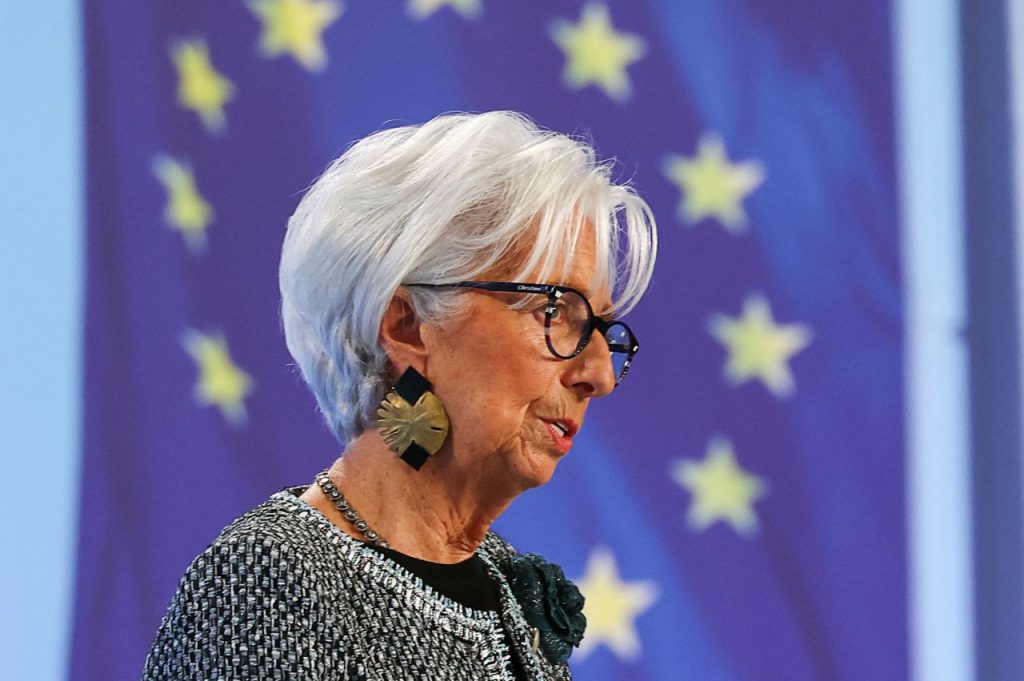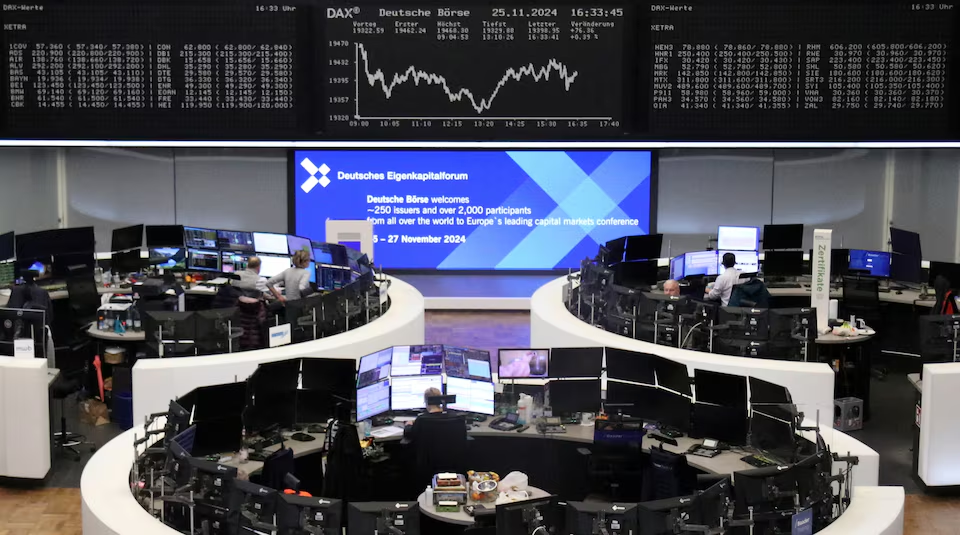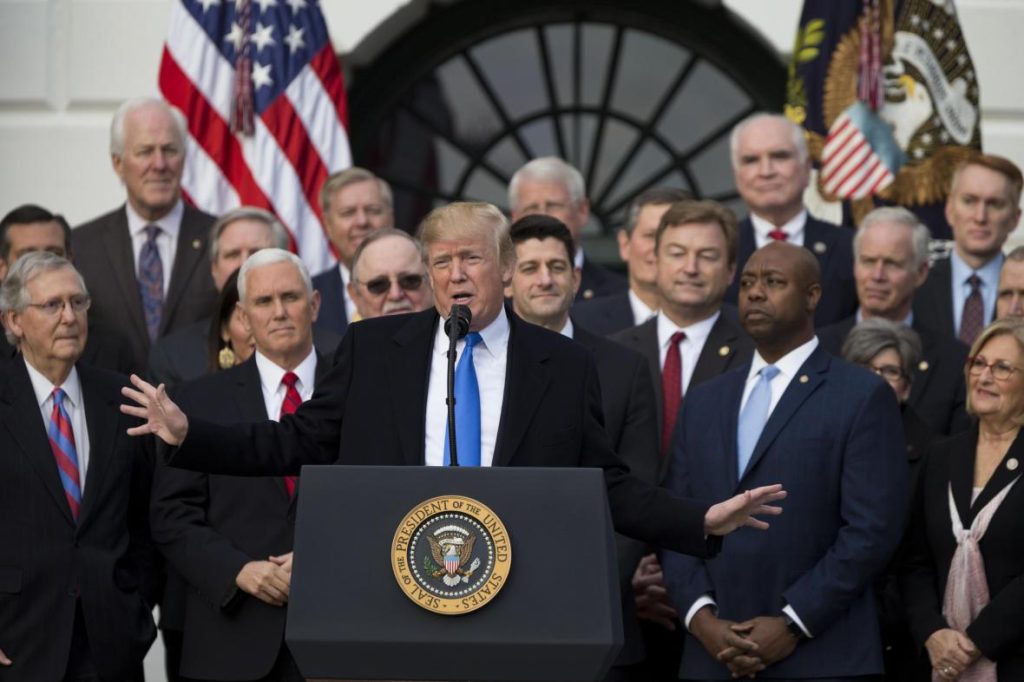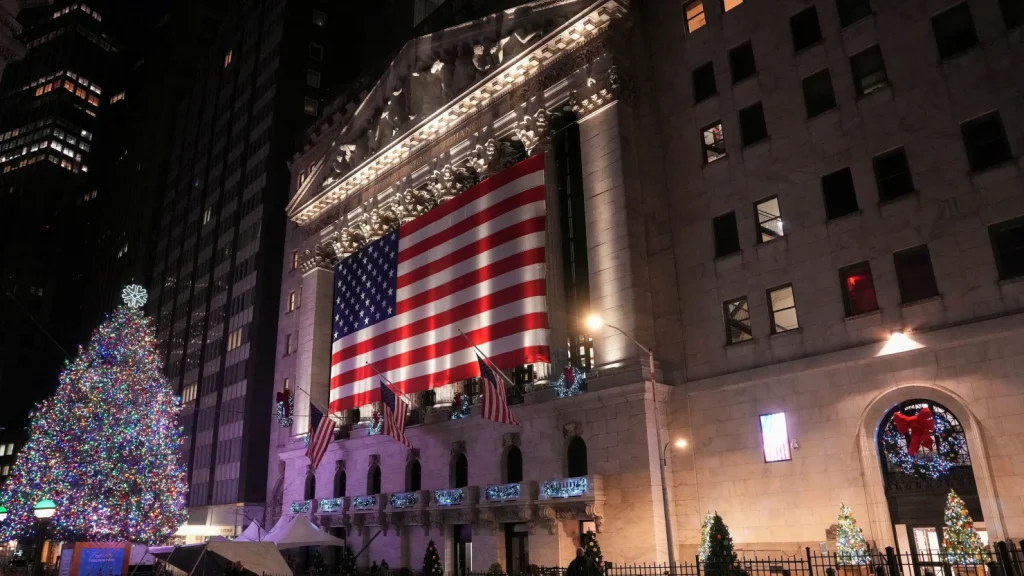Fed set to cut rates for third and final time this year

The Federal Reserve is poised to make a significant move as it prepares to cut interest rates for the third and final time this year, marking the end of a series of rate cuts aimed at supporting the U.S. economy. This decision comes amid a delicate balancing act by the central bank, which has been navigating the challenges posed by inflation, economic growth concerns, and the aftermath of the global pandemic. The move is widely seen as a response to persistent economic uncertainty and a bid to stimulate growth as the U.S. continues to recover from the effects of the COVID-19 pandemic.
Economic Context and the Need for Rate Cuts
Interest rate cuts are one of the Federal Reserve’s primary tools for influencing the economy. By lowering rates, the Fed aims to make borrowing cheaper, encouraging businesses to invest and consumers to spend. In turn, this can help drive economic growth and prevent a slowdown. However, cutting rates also has implications for inflation, employment, and financial markets, deciding to adjust rates a critical one.
Throughout 2023 and into 2024, the U.S. economy has faced several headwinds. While there has been steady job growth, inflation has remained stubbornly high in certain sectors, particularly housing and food. At the same time, the economic recovery from the pandemic has been uneven, with some industries and regions still struggling. The Federal Reserve has been tasked with maintaining its dual mandate: promoting maximum employment while also keeping inflation in check.
In light of these factors, the Fed’s decision to cut rates for the third time this year is seen as an effort to support economic activity without triggering excessive inflation. Lower rates can help consumers and businesses manage borrowing costs, which may stimulate spending and investment. This can be particularly important in sectors like housing, where higher mortgage rates have slowed home sales, and in the manufacturing sector, where investment in equipment and technology has been weaker than expected.
The Federal Reserve’s Rate-Cutting Strategy
The decision to cut rates three times in 2024 is part of the Fed’s broader strategy to adapt to changing economic conditions. Earlier in the year, the central bank had already taken action to lower rates as concerns about an economic slowdown grew. By making these adjustments, the Fed aims to provide a cushion for the economy as it faces risks such as global trade tensions, ongoing supply chain disruptions, and geopolitical uncertainties.
For much of 2023, the Federal Reserve had been on a tightening cycle, raising rates to combat inflation. However, as inflation began to show signs of stabilizing, and economic growth slowed, the central bank reversed course by cutting rates. These rate cuts have been viewed as an attempt to ensure that economic recovery remains on track, particularly as the U.S. heads into an election year with voters concerned about their financial well-being.
In this context, the decision to implement a third-rate cut is seen as a signal that the Fed is taking a more cautious approach. The central bank has been wary of over-tightening, which could potentially send the economy into a recession. By reducing rates again, the Fed is signaling that it is prioritizing economic stability and growth while remaining flexible in its approach to inflation.
The Impact on Financial Markets
The Fed’s rate cuts have a significant impact on financial markets. Lower rates tend to encourage investors to move their money into riskier assets, such as stocks, as they seek higher returns than what is available from safer investments like government bonds. This can lead to stock market rallies, as seen after previous Fed actions. However, there are concerns that the continued easing could fuel asset bubbles or contribute to excessive borrowing, particularly in the housing market.
The stock market has responded positively to the Fed’s rate cuts in 2024, with investors expressing optimism that the central bank’s actions will help sustain growth. However, there are also warnings from economists and analysts who caution that further rate cuts could create financial instability in the long term. While lower rates can provide immediate relief, they can also exacerbate income inequality and lead to a build-up of unsustainable debt levels.
The bond market has also been closely watching the Fed’s moves. Lower interest rates typically push bond yields down, which can affect everything from corporate borrowing to government debt servicing. For investors, the lower yields can make bonds less attractive, prompting a shift in portfolio allocations. These shifts can influence everything from credit markets to foreign exchange rates, particularly with the U.S. dollar.
Potential Risks and Challenges
While the rate cuts are intended to support the economy, there are risks involved. One of the primary concerns is that the U.S. could face a situation where interest rates are too low for too long, leading to financial instability. Prolonged periods of low rates could encourage risky behavior by investors and consumers, leading to higher levels of debt and potentially inflating asset bubbles, particularly in the housing and stock markets.
Another challenge is the risk of re-igniting inflation. While inflation has cooled in recent months, particularly in certain sectors, a prolonged period of low interest rates could lead to an uptick in demand, which might drive prices higher again. The Fed has emphasized its commitment to controlling inflation, and if inflationary pressures return, the central bank could face a difficult decision about whether to reverse course and raise rates again.
There are also concerns about the global economic environment. The U.S. is not operating in isolation, and many other central banks, particularly in Europe and Asia, are grappling with similar economic challenges. The global interconnectedness of financial markets means that rate cuts in the U.S. could have ripple effects on other economies, potentially leading to volatility in foreign exchange markets and global trade flows.
The Federal Reserve’s decision to cut interest rates for the third and final time in 2024 represents a critical moment in U.S. economic policy. By lowering rates, the Fed is attempting to foster economic growth while managing inflation and navigating a complex global economic landscape. While the rate cuts are seen as a positive step by many, there are still risks involved, including the potential for financial instability and the re-emergence of inflationary pressures.
As the U.S. economy enters 2025, all eyes will be on the Federal Reserve and its ongoing efforts to balance growth, inflation, and financial stability. The central bank’s actions will continue to shape the economic outlook for businesses, consumers, and investors alike, with significant implications for the broader economy in the coming years.






